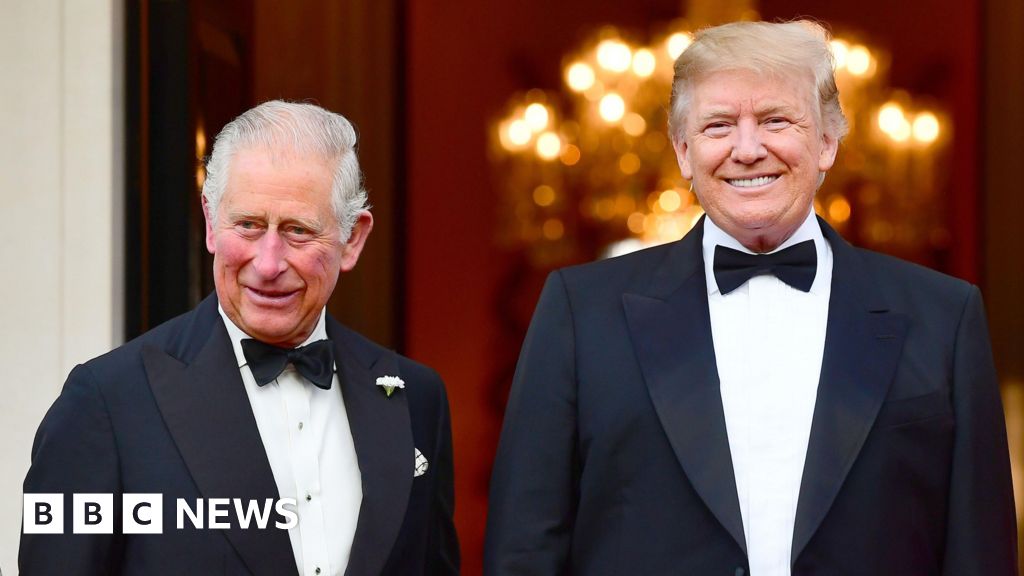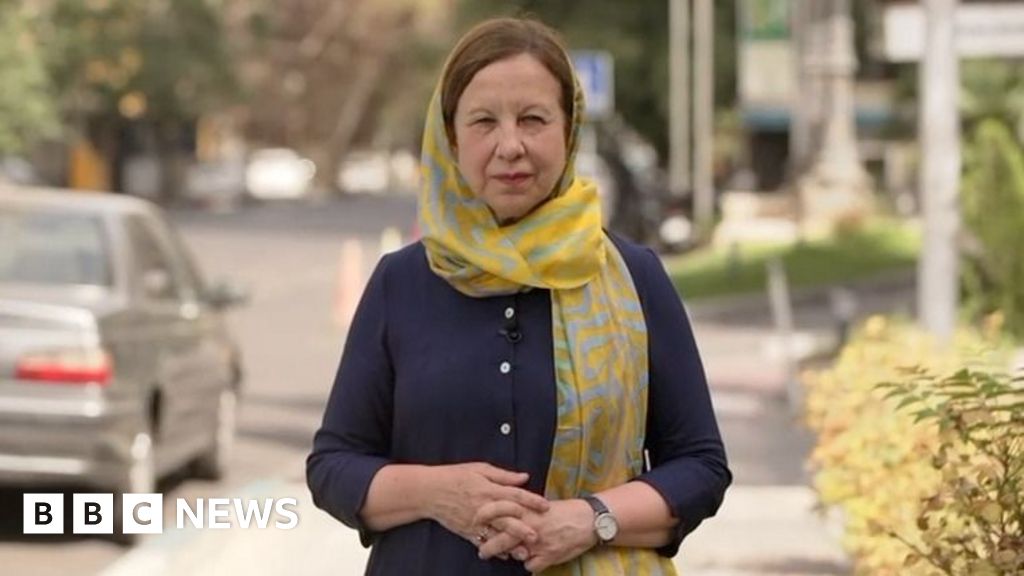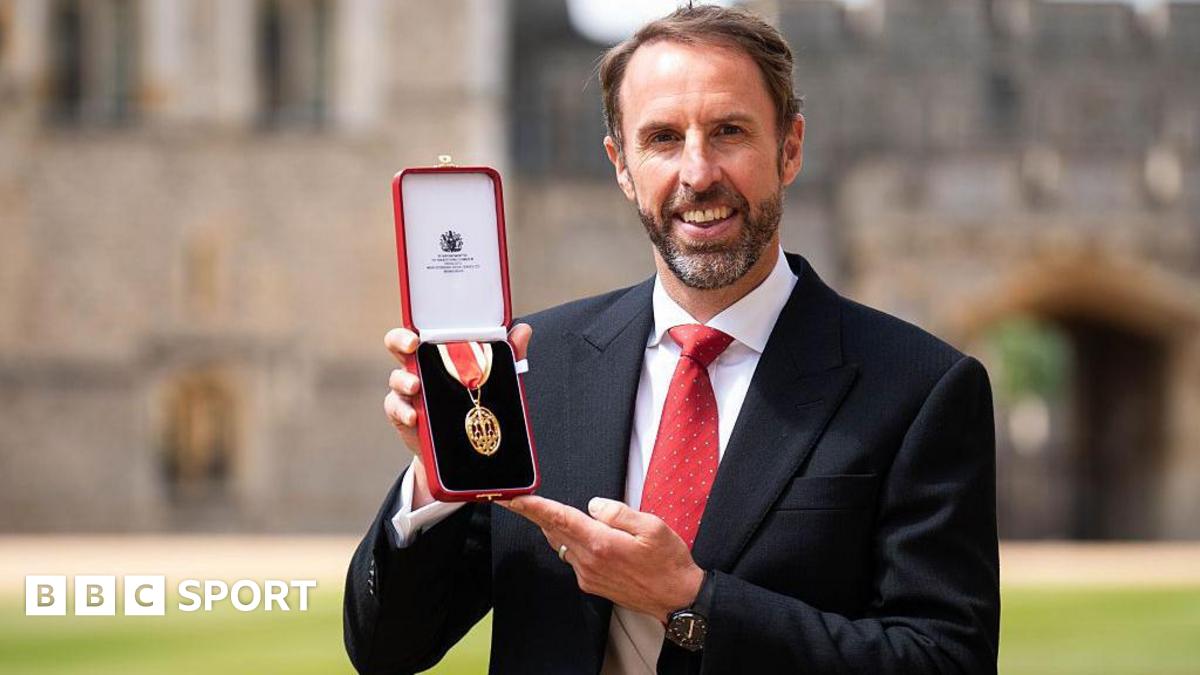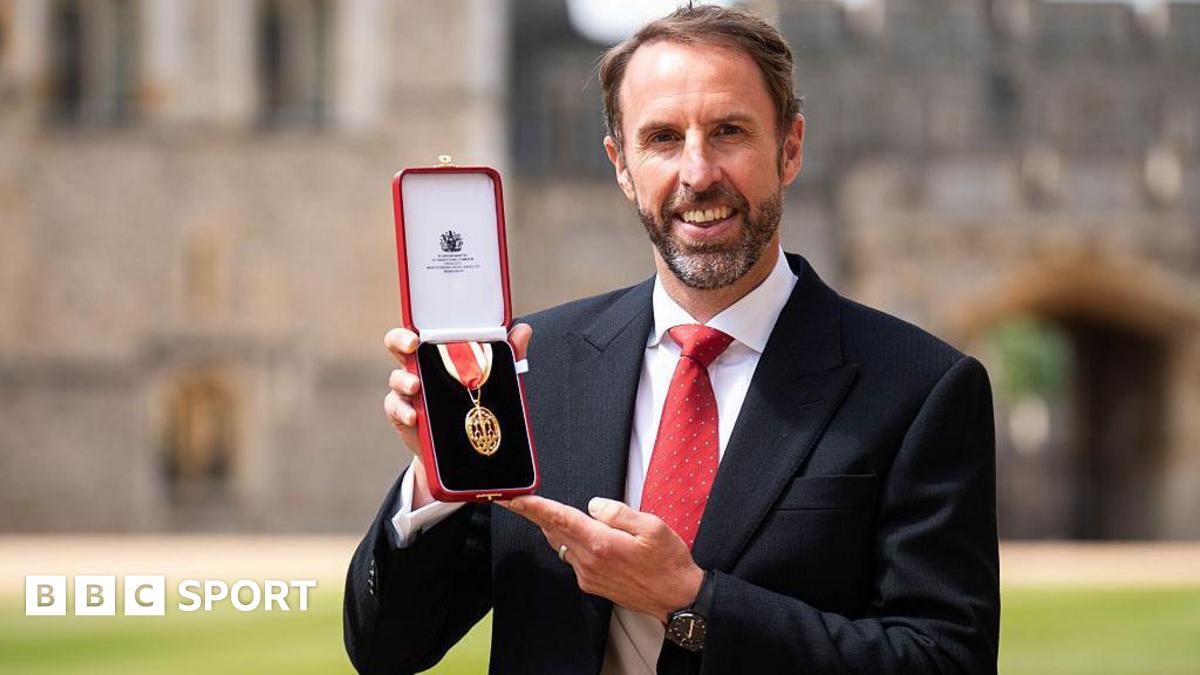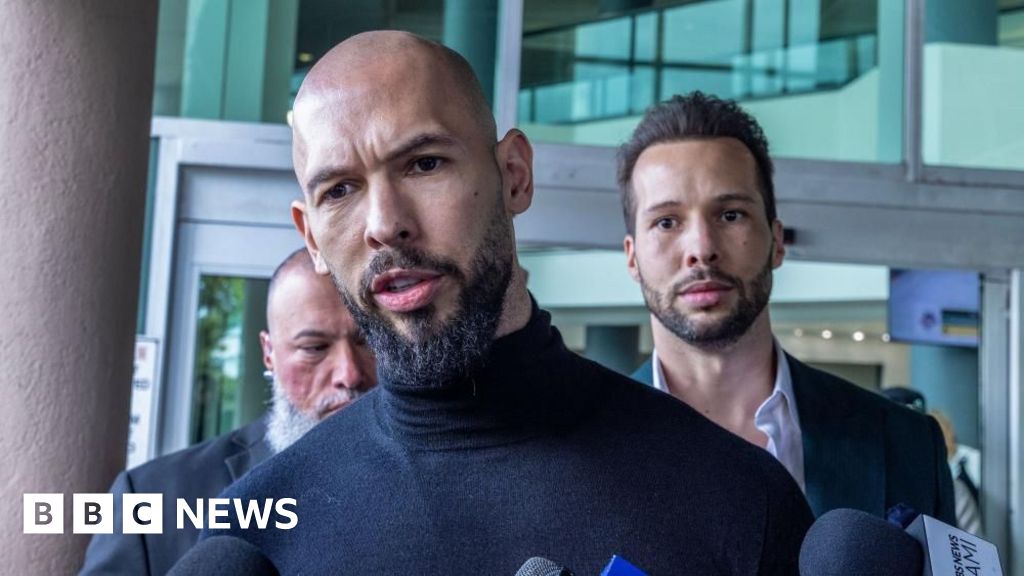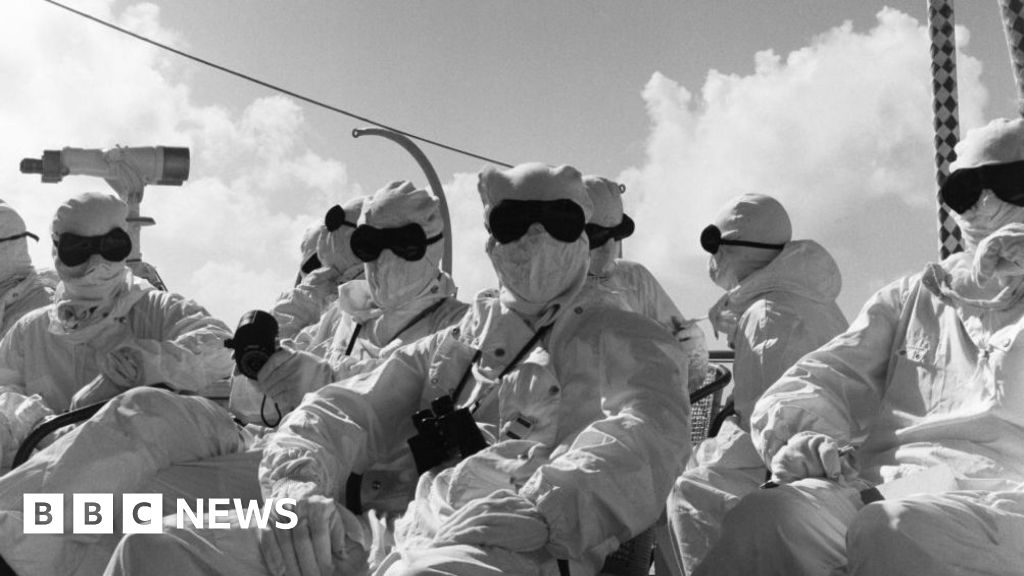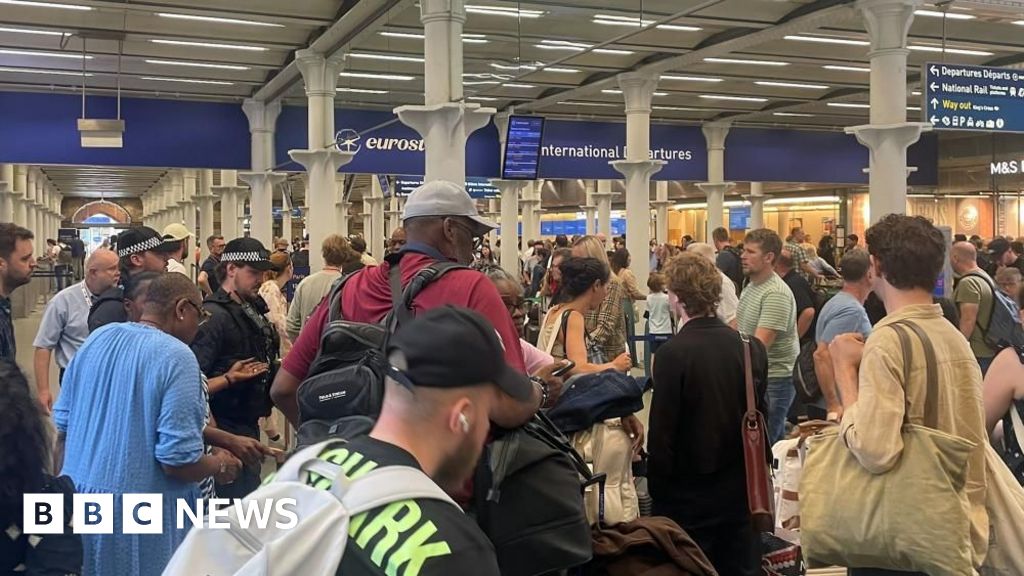Defence correspondent
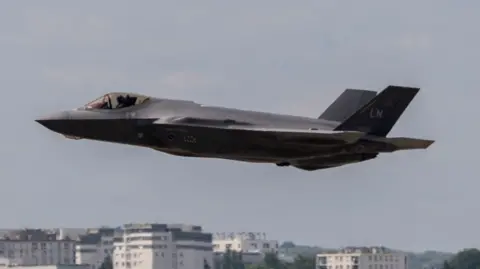 Nathan Laine/Bloomberg via Getty Images
Nathan Laine/Bloomberg via Getty ImagesThe UK government is to purchase 12 new fighter jets which can be equipped with nuclear bombs, and join Nato's airborne nuclear mission.
Downing Street says the move is "the biggest strengthening of the UK's nuclear posture in a generation".
The new F-35A jets can still carry conventional weapons, but have the option of being equipped with US-made nuclear bombs.
The decision will be announced by the prime minister at the Nato summit taking place this week in the Netherlands.
Nato's airborne nuclear mission involves allied aircraft being equipped with American B61 bombs stockpiled in Europe.
Seven other countries, including the US, Germany and Italy, already use the dual-capability jets.
The use of nuclear weapons would require the authorisation of Nato's nuclear planning group as well as the US president and British prime minister.
The US has already pre-positioned stocks of B61 bombs in Europe. Justin Bronk of the defence think tank Royal United Services Institute (RUSI) said the US would still control their release and use in the event of a war. That may prove contentious with the UK being reliant on the US.
Prime Minister Sir Keir Starmer said: "In an era of radical uncertainty we can no longer take peace for granted, which is why my government is investing in our national security."
Defence Secretary John Healey told BBC Breakfast on Wednesday that the investment would "strengthen the Nato-collective deterrent that comes from having this nuclear capability".
Speaking in The Hague ahead of a Nato summit, Healey said the programme would support 20,000 jobs and more than 100 companies across the UK in the supply chain.
Nato secretary-general Mark Rutte called the announcement "yet another robust British contribution to Nato".
The new fast jets will be based at RAF Marham in Norfolk.
The decision to buy F-35A jets will be seen as a victory for the RAF – which has long been lobbying for a longer range fighter that can fire a larger variety of bombs and missiles.
The F-35B variant, currently operated by the RAF and the Royal Navy's Fleet Air Arm, has a shorter range and can carry fewer weapons.
With its short take-off and vertical landing the F-35B was originally chosen because it can operate off the Royal Navy's two aircraft carriers - HMS Queen Elizabeth and HMS Prince of Wales -while F-35As can operate off a land-based airstrip.
Britain currently only has one delivery system for larger strategic nuclear weapons – launched from its Vanguard class submarines via Trident ballistic missiles.
While the Trident missiles are made and maintained in the US, the warheads on the missiles are made and maintained in the UK. Successive governments have insisted that their use would not be dependent on the US - hence it is described as Britain's "independent deterrent".
RAF jets were capable of carrying smaller tactical nuclear weapons until 1998 – when the UK-designed and made WE177 bombs were retired from service.
Mr Bronk said it will take time for the RAF "to get back in the nuclear game". He added the most obvious benefit for the UK buying F-35As will be their longer range and the fact they can carry a wider range of conventional weapons.
The decision follows the Strategic Defence Review, which Defence Secretary Healey said "confirmed we face new nuclear risks, with other states increasing, modernising and diversifying their nuclear arsenals".
And on Tuesday, the government published a national security strategy in which it said the UK should "actively prepare for the possibility of the UK homeland coming under direct threat, potentially in a wartime scenario".
Sir Keir has pledged to meet a new Nato target to spend 5% of the UK's GDP on national security by 2035.
At the Nato summit, 32 member counties are expected to agree on the goal, which sees 3.5% going to core defence, with the rest on defence-related areas.





